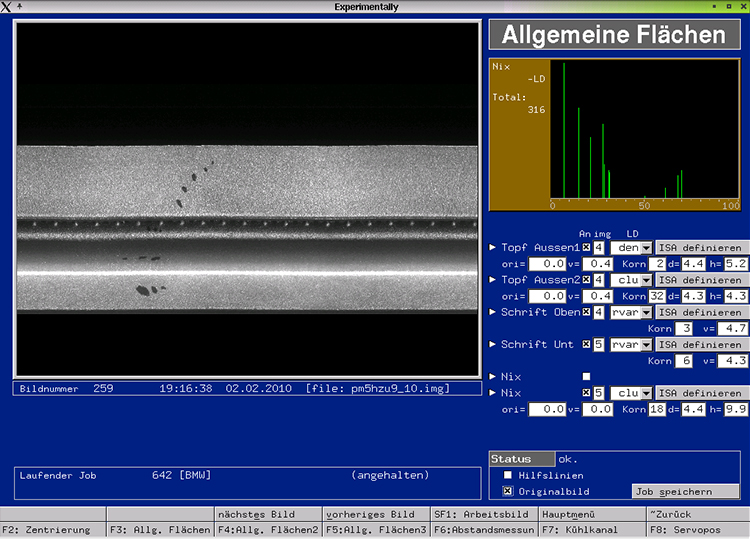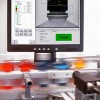Everything Under Control: Ibea Automates Brake Disc Inspection
A custom-designed system from the German company Ibea helps ensure quality and safety for automotive suppliers, manufacturers, and customers alike.
Flawless brake operation is so essential to the safety of a vehicle that all brake systems have passed some type of safety testing before a driver ever gets behind the wheel. As reassuring as that might be to a vehicle owner, there’s a problem: manufacturers tend to rely on manual inspections to detect non-conformities on raw brake discs. Moreover, frequent factory shift changes and the subjective nature of those inspections can result in defects that are passed unnoticed.
But how much better would you, as a driver, feel knowing that the raw brake discs of your vehicle were inspected for any flaws even before brake assembly began? And, from a manufacturing perspective, what if such an inspection yielded better quality while boosting profitability?
Hamburg-based Ibea GmbH, which has developed and produced industrial processing systems for use around the world since 1991, introduced such a system several years ago.
By replacing manual inspection methods and integrating production line components and machinery, the automated solution provides automotive industry manufacturers with a comprehensive overview of the entire brake manufacturing process, and with a documented and reproducible method of ensuring brake disc quality.
An easy-to-use and economical approach
The Ibea inspection system is built around a simple centering device for well-defined rotation of brake discs with diameters up to 50 cm and thicknesses up to 15 cm. As each disc rolls along a conveyor, it is transported into the test cell and, upon triggering a sensor, it stops at the centering device. Three rollers, one of which is driven for exact positioning, center the disc. The disc then rotates 360 degrees while three cameras take images of the upper, lower, and cooling channel sides. The cameras are compact, high-speed, and cost-effective line scan devices that are easy to program and operate.
“I like to use a supplier that offers a broad selection of cameras, with good quality and reasonable prices,” says Akram El Jarad, project manager at Ibea.
On the brake disc inspection system, the images are arranged in such a way that all defects can be found using only one image acquisition and a dark-field illumination technique. Since roughly 90 percent of brake disc defects occur during the casting process (only about 10 percent are surface or core flaws) and involve indentations, dark-field illumination can reliably detect any cavities. Contrast imperfections are handled separately.
Discs are inspected at a rate of approximately 6–10 per minute. They are examined for their diameter and height, imprint or symbols, and any blowholes, flash, filled ventilation channels, half-fans, bubbles in the fan, cracks, or other deformities. Good parts proceed along the conveyor while faulty ones are diverted and ejected from the line for re-work. Using Ibea’s custom-designed program, disc parameters can be set, saved, and started up easily by shop floor personnel.
This simple yet powerful handling and inspection procedure minimizes wear and tear on parts, makes expensive handling robots unnecessary, and provides highly accurate images that also can be used for measurement purposes.
Driving quality and savings
Ibea introduced the brake disc inspection system to the market in 2009, realizing that its automated vision solution provided reproducible, series-production quality that dramatically reduced the quantity of faulty parts shipped. And according to El Jarad, the manufacturer’s investment could be recouped in less than two years.
“The cameras that are the heart of this system provide a cost-effective, yet high-performance solution,” he says.
“We will be using many more of them in the future as we develop automated vision solutions for the laminates and web-fabrics industries, and other new markets,” adds Holger Lübcke, the company’s CEO.




 “In engineering, there is always something to massage”
“In engineering, there is always something to massage”  Vision Systems – What you need to know
Vision Systems – What you need to know 